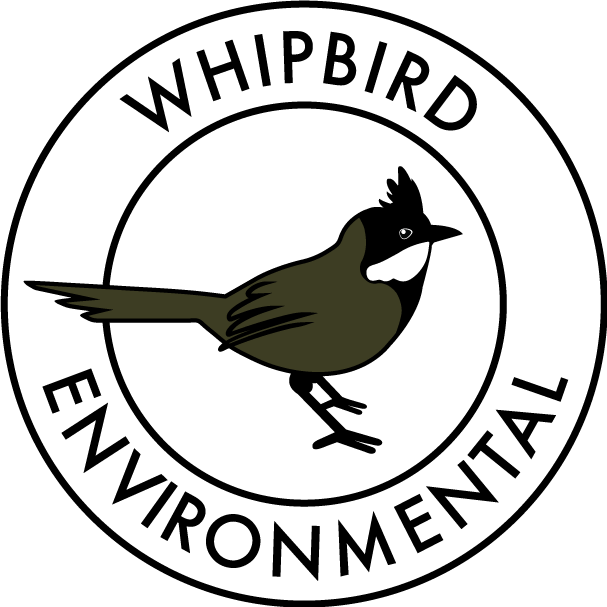Growing, Harvesting and Using Peas & Snow Peas
Snow Pea Flower Photo by Jeff A. Harbrow
Description
Peas are a cool season crop that produce an abundant harvest (and the perfect garden snack) when grown in the right conditions. There are many different types of peas to choose from, including snow peas and sugarsnap which have a crisp and crunchy pod that can be eaten whole, or shelling peas, grown for their sweet and tender peas inside. Peas come in either traditional climbing form which require a trellis, or bush varieties that are great for small spaces and gardening in containers.
Growing conditions
Peas, whether they be snow peas, sugarsnap peas or shelling peas all grow best when the seeds are sown directly where they are to grow due to their sensitive root systems. The plants prefer a sheltered position with at least 6 hours of sunlight each day and thrive in well-drained soil enriched with compost. If conditions are too humid, plants can be affected by a fungal disease called powdery mildew. To reduce the risk of powdery mildew, ensure that plants are well-spaced when sowing seeds to allow for airflow and avoid overhead watering.
Sowing Pea Seeds
In most climates, peas grow best in cooler months and can be sown in late Summer, Autumn and early Spring outside frost, which can damage the seedlings and flowers. Sow approximately 2-3cm deep and 5-8cm apart and keep soil moist until the seeds have germinated. For climbing varieties which can grow up to 2m, add a support or trellis to your growing space when the plants are young. There are many DIY methods for trellising such as using old fencing, sticks, bamboo and string.
Harvesting and Using Peas
Peas usually take 9-12 weeks until harvest depending on the variety. Snow peas should be picked when the pods are flat and tender whilst sugarsnap peas and shelling peas should be harvested when the pods are plump and tender. Harvest every 2-3 days to encourage new growth and more pods. Peas are best eaten fresh, best enjoyed as a garden snack, but if some do make it back to the kitchen they are perfect additions to stir fries, soups, stews or pea pesto. Excess pods and peas can be preserved by blanching in hot water and frozen to enjoy all year round.
You might also like:
Growing and Harvesting Lettuce
Growing, Harvesting and Using Garlic Chives
Check out all of our articles here.

